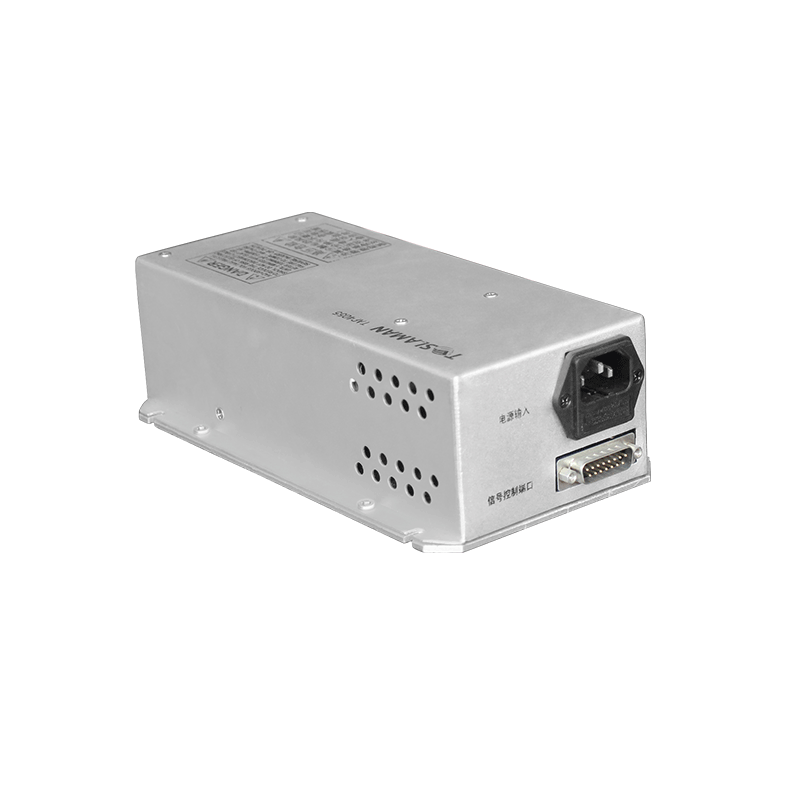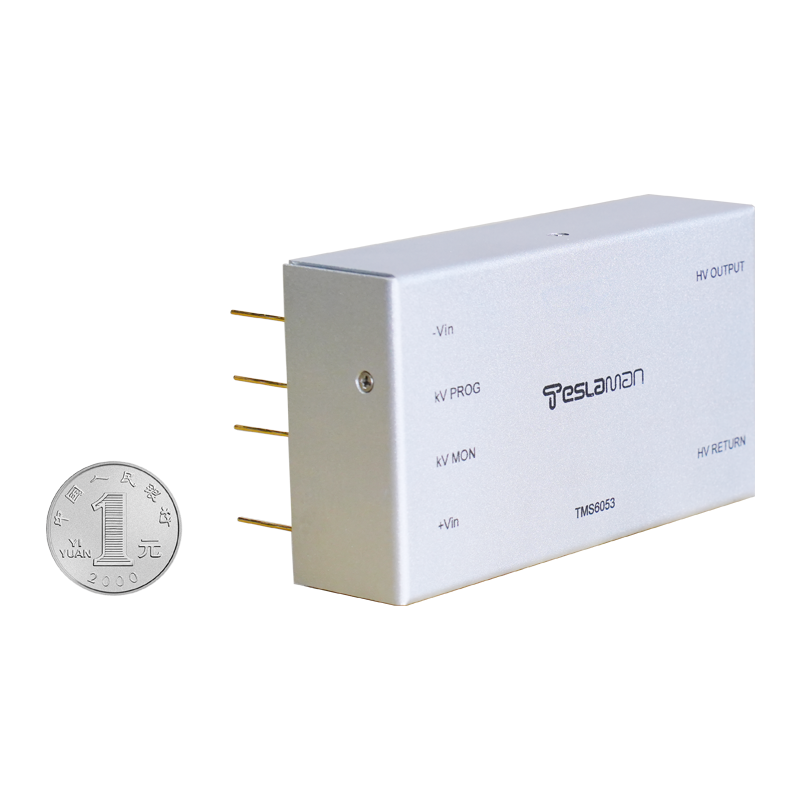Digital Twin Monitoring for High-Voltage Power Supplies in Ion Implantation: A New Paradigm for Precision and Reliability
Ion implantation technology is fundamental in semiconductor manufacturing, nuclear industries, and material surface modification for precise material property control. High-voltage power supplies, the heart of ion implantation equipment, require exceptional stability (typically with fluctuations under ±0.1%) to ensure uniform ion energy and dosing accuracy. However, traditional systems face three core challenges: frequent beam glitches causing dose deviations, high-voltage arcing threatening safety, and difficulties in fault localization under complex conditions. Digital twin technology offers a transformative solution for real-time monitoring, dynamic compensation, and predictive maintenance.
1. Architecture of the Digital Twin System
The system adopts a three-tier structure (Monitoring Layer-Twin Layer-Functional Layer):
• Monitoring Layer: A multi-sensor network includes:
• Beam monitoring modules tracking current/voltage feedback (e.g., filament and arc power supplies) to detect glitches via current-threshold algorithms;
• Non-contact electric field probes measuring field intensity in high-voltage zones (e.g., accelerator tubes), enabling graded alarms (audible alerts when protective doors open);
• Acoustic-electric sensors capturing electromagnetic/ultrasonic signals from partial discharges for early insulation degradation warnings.
• Twin Layer: A 1:1 virtual replica integrates physical parameters (e.g., dielectric constants, response time constants) with real-time data streams, calibrated using tools like TCAD simulations for impurity diffusion.
• Functional Layer: Four core applications:
• Adaptive glitch compensation: Triggers dose replenishment strategies based on fault type (e.g., filament short-circuit), supporting recursive handling of secondary failures;
• Fuzzy fault localization: Identifies breakdown points by comparing actual data with twin predictions via dynamic threshold adjustment;
• Virtual debugging: Tests parameter changes (e.g., voltage ramp rates) in the twin before physical deployment;
• Lifetime prediction: Models insulation aging under electro-thermal stress to schedule maintenance.
2. Key Technological Advances
• Multi-Physics Field Simulation:
For radiation-induced degradation (e.g., total ionizing dose effects), digital twins simulate ion implantation processes and electro-thermal coupling. For instance, adjusting STI field implantation timing in 180nm NMOS devices reduced post-irradiation leakage current by five orders of magnitude.
• Intelligent Glitch Suppression:
Beyond traditional high-voltage monitoring, the system covers low-voltage supplies (filament, Q-magnet) and mechanical components (target motor states). Closed-loop control includes:
• Switching off arc power supplies (<1ms) instead of extraction power (>10ms) for rapid beam interruption;
• Dynamic dose compensation using historical data, limiting errors to 0.1%.
• Safety-Energy Synergy:
In ion implanters, signal transmission between high-voltage platforms (e.g., 400kV accelerators) and ground requires optical isolation. Digital twins replace dispersed fiber optics with wireless modules, reducing complexity while optimizing power distribution. Field applications show 12% lower line loss and reduced wafer scrap rates.
3. Challenges and Future Directions
Three bottlenecks persist:
• Data Fusion: Heterogeneous data (electromagnetic, thermal, mechanical) need spatiotemporal alignment via cross-platform data hubs;
• Real-Time Processing: Edge computing with 6G and BeiDou communications mitigates latency in dynamic grid scenarios;
• Cybersecurity: Real-time data vulnerability demands quantum encryption and self-developed 3D rendering engines.
Future advancements in AI mechanistic models (e.g., graph neural networks for breakdown prediction) and self-adaptive twins will drive ion implantation toward atomic-scale precision and zero-carbon operation.




















